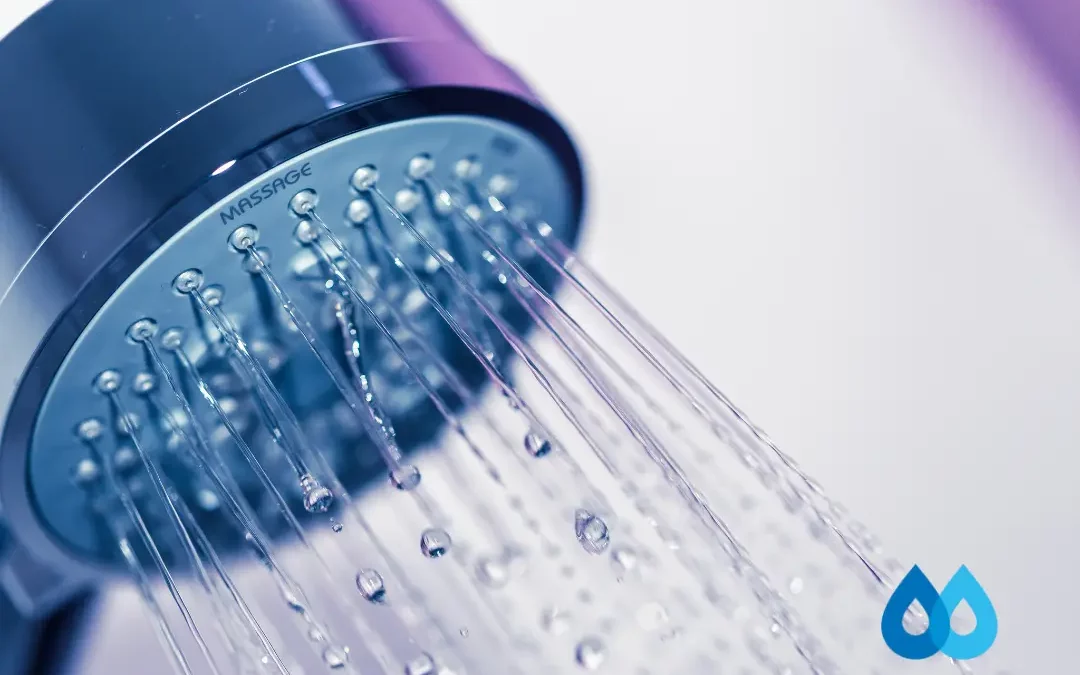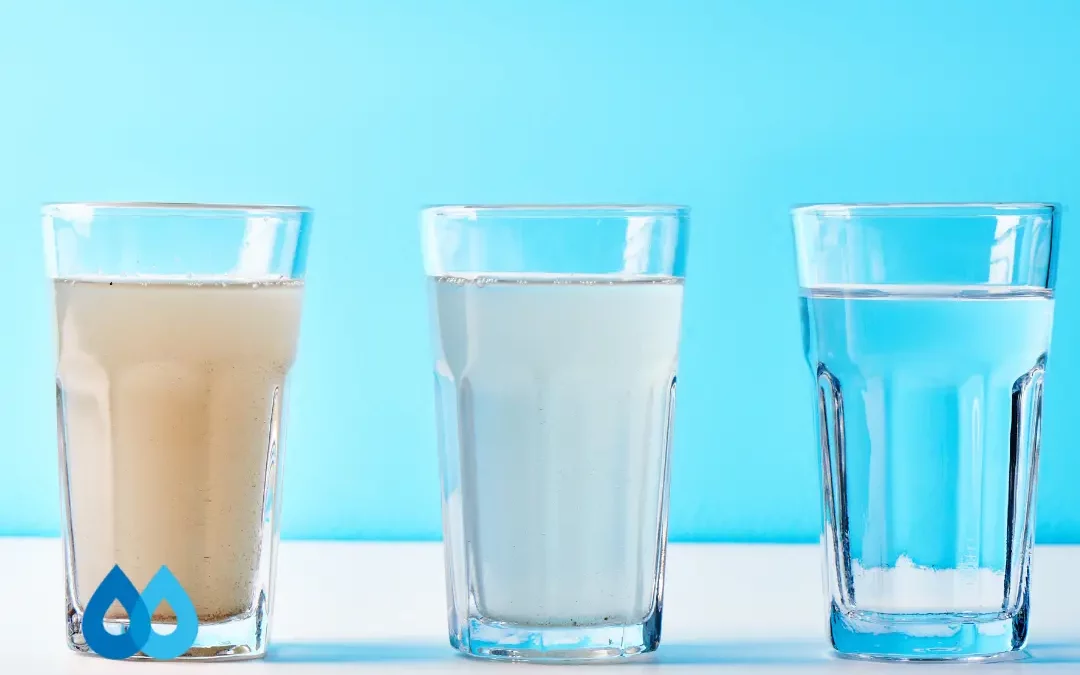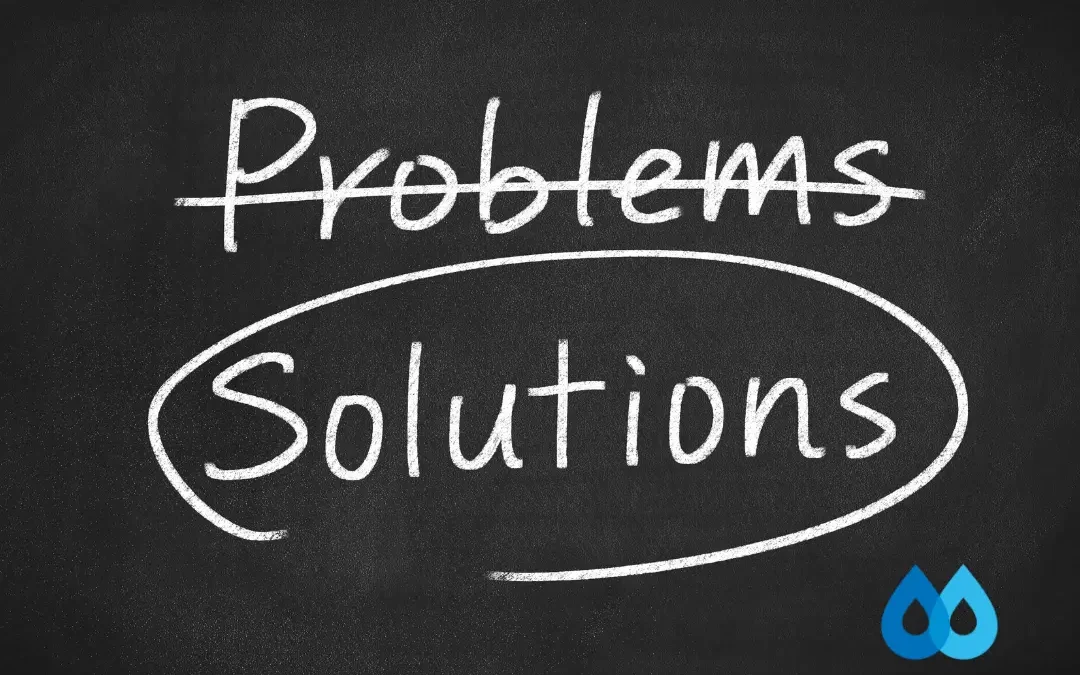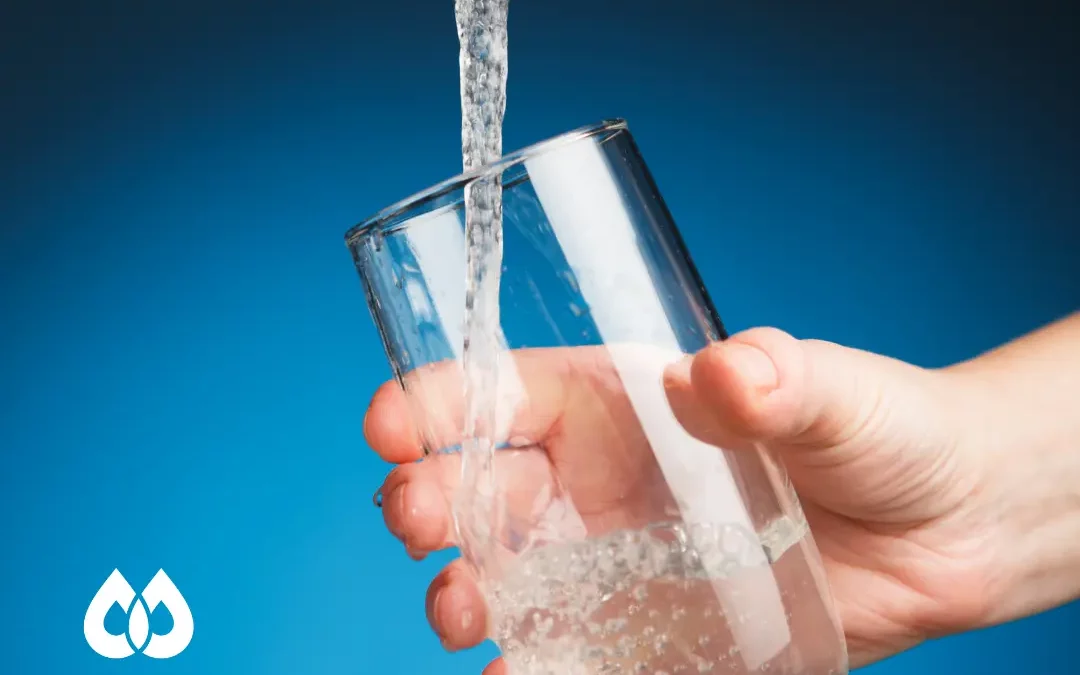The last few years have brought legislative and environmental changes to water treatment in our state. Here in California, we are plagued with hard water, but because of the environmental effects of traditional salt-dumping water softeners, many of us have had to learn to deal with water spots, plugged showerheads, and water heaters that fail after just a few short years. As a result, many people began turning to water conditioners in hope of relief. What they didn’t realize, however, is that a water conditioner will not take care of hard water problems.
Water conditioners are systems that improve water’s usefulness and/or aesthetic quality by reducing undesirable substances, odors, and tastes. That does not necessarily mean that the hard water minerals are removed. Only a water softener system will remove calcium or magnesium.
This means, if you’ve read the Battelle Study and are looking for soft water benefits, only a water softener can deliver. A water conditioner cannot provide spot-free finishes, a reduced carbon footprint, or long life for your appliances. If you’ve not read the study, you might be interested in some of the statistics:
- Gas storage tank water heaters faced as much as a 24% loss of efficiency with hard water
- Gas water heaters were as good as new after a 15-year lifetime
- The economic savings of softened water with a tankless water heater system can lead to recovery of the cost of a water softener and all operating expenses in a period as short as a year
- Electric water heaters accumulate up to 30 pounds of rocklike scale from hard water
- Carbon footprint decreases by up to 18% with softened water
- Showerheads on hard water lost 75% of their flow rate in less than 18 months
- Appliance life expectancies dramatically increased when appliances were used with softened water
So, we see the benefits of softened water, but how do we justify the environmental impact of a water softener? Very easily! Today’s water softeners are metered rather than timed. That means that the system regenerates and backwashes only when a specified amount of water has been used, preventing these processes from happening when not needed. Further, a few water treatment companies are now offering Portable Exchange Tank Service. This means that a technician picks up your spent tank, regenerates the medium in a controlled environment and leaves you with a fully recharged tank. There is no salt used – or discharged – in your home.



